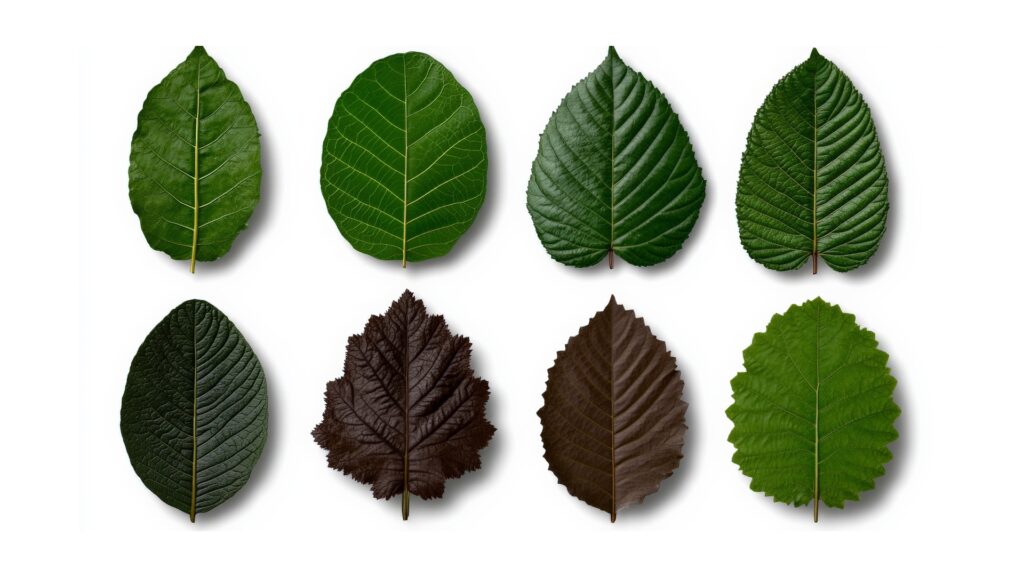Kratom has become a widely popular tropical species from Southeast Asia, which gained prominence among Western consumers during the last ten years.
Knowledge of kratom user demographics will serve vendors and policymakers, and researchers while satisfying consumer curiosity about this substance because its use is expected to expand further. Who is using kratom?
The widespread use of kratom appears mostly prevalent among certain age ranges and workers holding specific professions across certain geographic areas. What factors influence its consumption?
In this blog, we’ll explore the demographics of kratom users in depth, focusing on trends in the USA while maintaining a balanced, well-researched, and informative perspective.
The Rising Popularity of Kratom
Kratom (Mitragyna speciosa) exists in indigenous Thai traditional medicine systems of Malaysia and Thailand along with Indonesia.
The rising popularity of Kratom spans recent years within European and United States markets because people search for natural wellness products to enhance their relaxation and gain energy.
Who makes up the current user base of Kratom in present times? Which age group comprises the largest user base of kratom among the USA population? Do people in different geographic areas have different uses of Kratom?
The analysis of who uses kratom enables scientists to grasp its current social position while allowing them to forecast market shifts.
Brief History of Kratom in the United States
Our understanding of the American kratom consumer needs basic knowledge about kratom product history within the U.S. Kratom consumption currently reaches between 10 to 15 million users in the United States.
Experts at Wired magazine noted last year that people use kratom as a treatment for chronic pain while it serves as their substitute for coffee in the morning.
Despite widespread usage of kratom in America, there is a lack of historical evidence documenting its consumption for 150 years.
In promotional histories, it appears that the entrance of Mitragyna speciosa into US borders initially occurred during the 1980s. Southeast Asia immigrants brought this substance to the Western world during the 1980s.
Kratom received widespread recognition as a botanical treatment in the modern era during the past decade.
Who Is Using Kratom? Key Demographic Insights
1. Age Distribution of Kratom Users
Kratom appeals to a broad age range, but certain groups are more prominent:
a. Millennials (Ages 25-40)
- Most kratom consumers belong to this age group.
- Many seek kratom for its potential energy-boosting and mood-enhancing properties.
- The population segment commonly accepts herbal medicines together with alternative wellness options.
b. Generation X (Ages 41-56)
- The primary purpose for which users consume kratom is managing their stress alongside obtaining relaxation.
- People choose it for managing their daily discomfort since it offers a natural approach.
- Research plays a significant role for this group, which shows responsible behavior when dealing with dosage and supply information.
c. Baby Boomers (Ages 57-75)
- Fewer people among the older population choose to try kratom, but they recognize its ability to produce calming effects.
- To achieve the desired effects, they usually consume moderate levels of kratom strains with a low dose.
- People commonly trust information about kratom sources from their friends or peers.
d. Gen Z (Ages 18-24) & Teenagers
- User numbers remain low in this demographic because restrictive laws and insufficient awareness exist about this substance.
- The usage of kratom experimentation among college students remains lower than their use of other supplements.
2. Gender Breakdown: Are More Men or Women Using Kratom?
Current data suggests that kratom users in the USA are predominantly male:
- 60-70% of kratom consumers are men.
- Men may be more likely to seek out alternative remedies for physical discomfort.
- Marketing has historically targeted male-dominated forums and communities.
However, female usage is rising, especially among women interested in:
- Natural wellness alternatives
- Herbal supplements for relaxation
- Holistic approaches to self-care
3. Geographic Trends: Where Is Kratom Most Popular?
Current regulations about kratom legality across different states determine where users most frequently consume this product.
a. High-Usage Regions
- Southeast USA: Florida, Georgia, and the Carolinas have active kratom communities.
- West Coast: California, Oregon, and Washington see strong demand due to progressive wellness cultures.
- Midwest & Northeast: Cities like Chicago and New York report growing interest despite some legal restrictions.
b. States with Restrictions
- Kratom remains prohibited within the jurisdictions of Alabama, Arkansas, Indiana, Rhode Island, Vermont, and Wisconsin.
- The restricted access to kratom in these states makes the substance almost nonexistent in their markets.
c. Online Sales & Accessibility
- A great number of kratom buyers make their purchases through online stores to avoid local area restrictions.
- Kratom tracking demographics become harder to determine because of this situation.
4. Income & Education Levels of Kratom Users
Kratom appeals to a wide range of socioeconomic backgrounds:
a. Middle-Class Professionals
- Office workers, laborers, and freelancers often use kratom for energy and focus during work.
- Some rely on it for post-work relaxation.
b. College-Educated Individuals
- Many users have some college education or higher.
- This group tends to research Kratom thoroughly before use.
c. Lower-Income Groups
- Some turn to kratom as a more affordable alternative to other products.
- However, frequent use can still be costly, limiting accessibility.
5. Professions & Lifestyles of Kratom Consumers
Kratom users come from various professional backgrounds:
- Blue-Collar Workers (construction, manufacturing): May use kratom for energy and discomfort relief.
- White-Collar Professionals (IT, finance, healthcare): Often seek stress relief and mental clarity.
- Artists & Freelancers: Some use kratom for creativity and focus.
- Athletes & Fitness Enthusiasts: Occasionally incorporate kratom for recovery.
6. Reasons for Kratom Use: Why Do People Consume It?
While we avoid making unsupported health claims, surveys and anecdotal reports suggest common reasons for kratom use:
a. Natural Wellness Support
- Some users prefer kratom over synthetic alternatives.
b. Mood & Relaxation
- Certain strains are associated with calming effects.
c. Energy & Focus
- White and green strains are often used for productivity.
d. Social & Recreational Use
- Some consume kratom in social settings, similar to how people use coffee or tea.
The Future of Kratom User Demographics
As Kratom gains mainstream attention, its user base is likely to evolve. Key factors influencing future trends include:
1. Legislative Changes
- If more states regulate (rather than ban) kratom, accessibility will increase.
- The Kratom Consumer Protection Act (KCPA) could standardize safety and expand legal markets.
2. Scientific Research & Awareness
- More studies could attract older adults and medical professionals.
- Increased media coverage may normalize kratom use.
3. Market Expansion & Product Innovation
- Vendors are introducing new forms (capsules, extracts, teas) to appeal to different demographics.
- Better education on strains and dosages may attract cautious consumers.
4. Cultural Shifts in Wellness Trends
- As natural remedies gain popularity, kratom could see broader acceptance.
- Younger generations may drive demand for transparent, ethically sourced products.
Challenges in Studying Kratom Demographics
Despite growing interest, several obstacles make it difficult to fully assess who is using kratom:
- Lack of Official Surveys: Most data comes from vendor polls or independent studies.
- Legal Restrictions: Bans in some states skew usage statistics.
- Stigma & Misinformation: Some users may not disclose kratom consumption due to societal biases.
Final Thoughts
The group of individuals who consume kratom continues to grow and demonstrate a changing composition.
Moderate-aged men and millennial users currently lead the kratom consumption statistics, yet women professionals, together with older adults, have noticed its potential for exploration.
People who seek information about Kratom need to understand its user base to comprehend its role in contemporary health trends.
Different life approaches benefit from kratom because this substance provides versatile advantages in the area of relaxation, as well as enhanced energy or individual self-discovery.
People who consume kratom must exercise responsible use along with correct dosing methods and study their jurisdictional laws. A health-conscious USA community has made room for kratom as a natural substance used by various user groups.
Understanding who takes kratom supplements, along with their motivational factors, helps us understand the current position of this substance in contemporary supplement markets.

